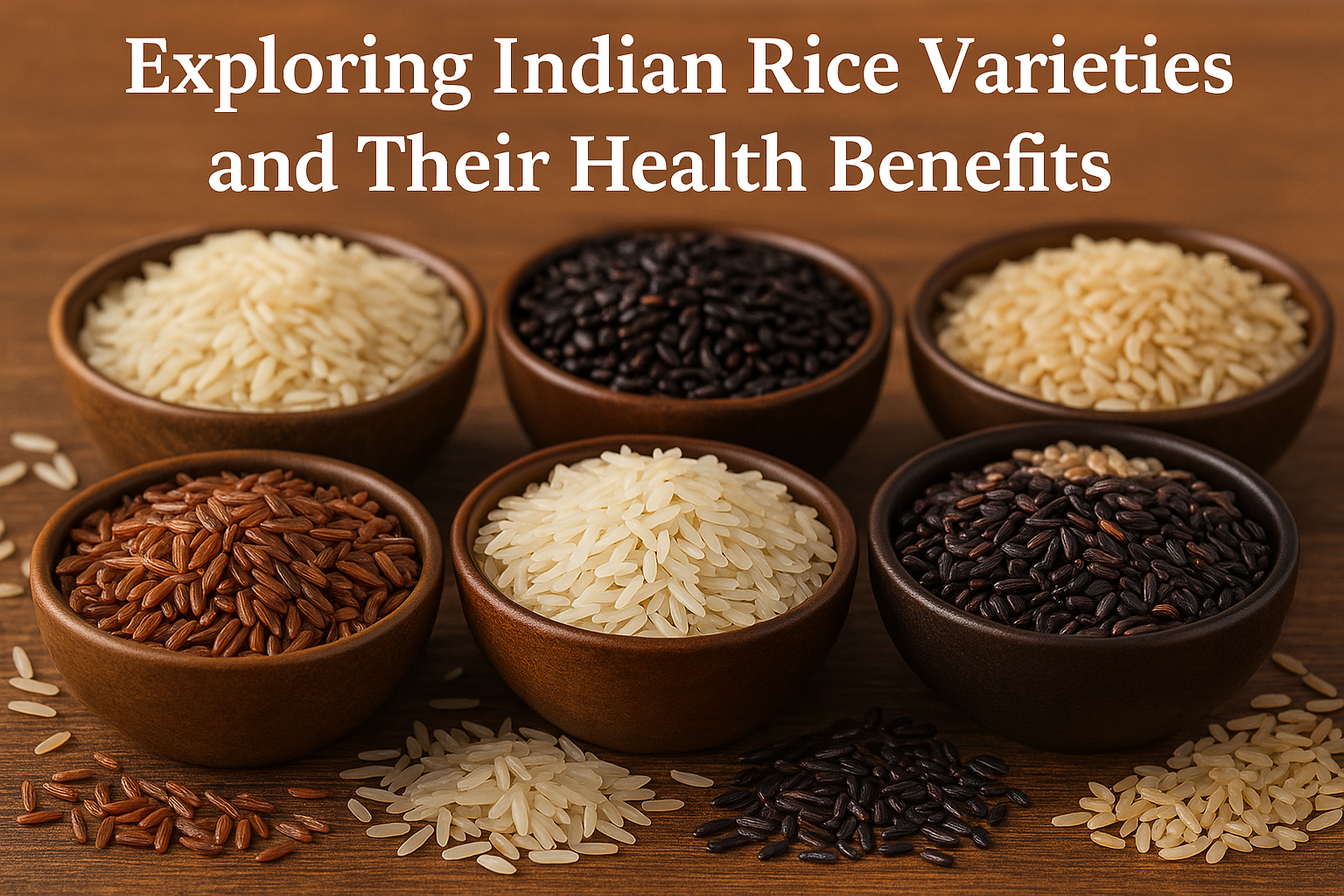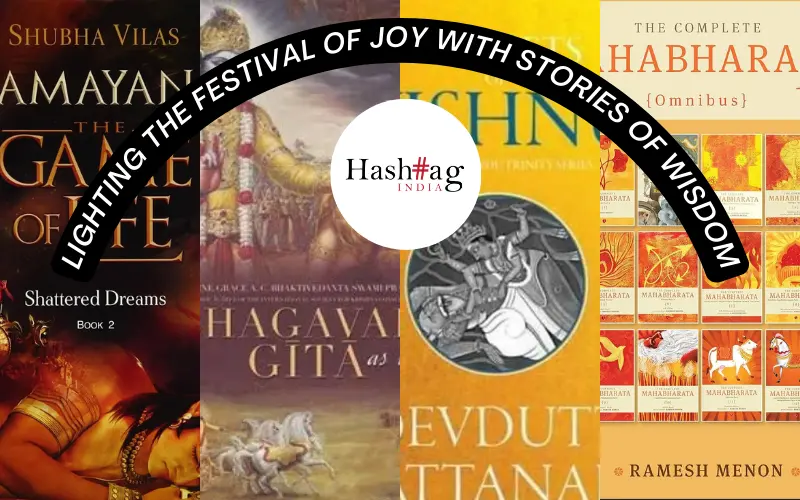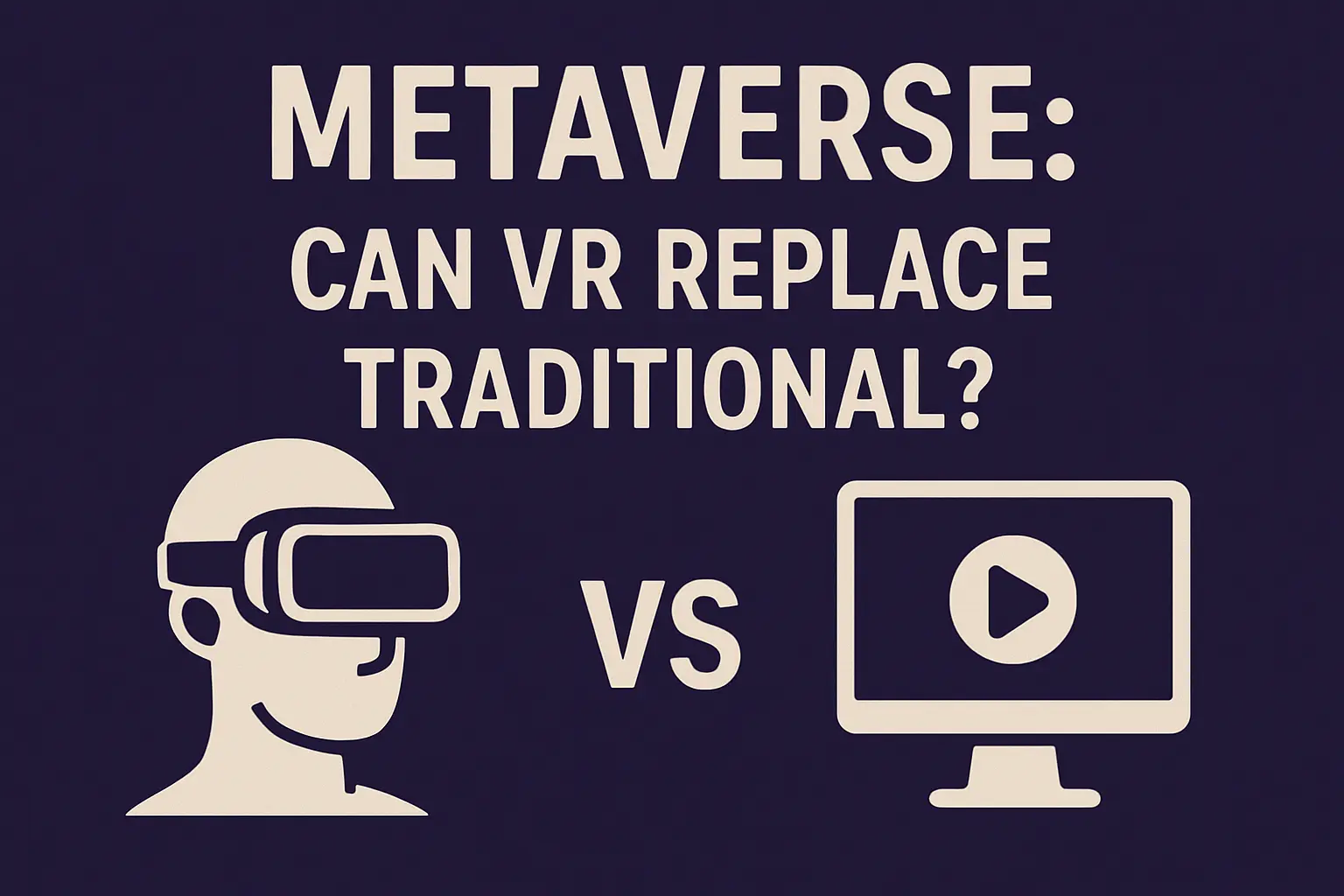Marriage, while often seen as a sacred bond in India, is also a complex partnership that involves emotional investment, societal expectations, and continuous adaptation. In the Indian context, marriage isn’t just a union between two individuals it’s often a confluence of families, traditions, and social norms. While love and companionship are central, psychological stress can quietly build over time due to unmet expectations, communication gaps, external pressures, and the lack of personal space. Managing this stress effectively is crucial for a healthy and fulfilling marital life.
Understanding the Sources of Stress
- Societal Expectations: In India, marriages often come with implicit and explicit expectations from both sides of the family. Whether it’s fulfilling roles as a daughter-in-law, son-in-law, or living up to community standards, these pressures can lead to internal conflict and stress.
- Financial Responsibilities: As cost of living rises and aspirations grow, financial strain becomes a major source of anxiety. Joint family systems, EMIs, child education, and caregiving responsibilities can burden couples psychologically.
- Lack of Communication: Many Indian couples struggle with open communication, especially around emotional needs, intimacy, or mental health. Unspoken expectations or suppressed emotions often manifest as frustration or disconnection.
- Gender Roles and Patriarchy: Traditional gender roles still prevail in many Indian households. Women, in particular, may face pressure to balance career, household responsibilities, and parenting with minimal support, leading to burnout and resentment.
- Interference from Extended Families: While familial bonds are strong in India, excessive involvement of in-laws or relatives in marital issues can lead to friction and stress, especially when boundaries aren’t respected.
Recognizing the Signs of Stress
Psychological stress in marriage often doesn’t manifest dramatically. Instead, it appears in small, persistent ways:
- Frequent arguments or silent treatments
- Withdrawal or emotional numbness
- Sleep disturbances or changes in appetite
- Constant worry, irritability, or sadness
- Feeling undervalued or alone in the relationship
If left unaddressed, this stress can escalate into anxiety disorders, depression, or even marital breakdown.
Strategies to Manage Marital Stress
1. Open, Non-Judgmental Communication
The cornerstone of any successful marriage is healthy communication. Couples must learn to express themselves openly, without fear of being judged. Schedule “talk time” to share your thoughts, concerns, or even simple day-to-day feelings. Use “I feel” statements rather than blame-focused language to prevent defensiveness.
2. Set Realistic Expectations
Bollywood and societal portrayals of “perfect marriages” create unrealistic standards. Accept that no marriage is without flaws. Understand each other’s limitations and strengths, and be willing to compromise without losing your core identity.
3. Establish Boundaries with Extended Family
While respecting elders and family traditions is important, couples must create healthy boundaries. This includes making joint decisions independently, especially on matters like finances, parenting, or living arrangements. A united front reduces external interference and strengthens the couple’s bond.
4. Seek Professional Help
Therapy is still stigmatized in parts of India, but counseling individuals or couples can be transformative. A trained therapist helps you identify patterns, improve communication, and resolve conflicts constructively. Many Indian metro cities and even online platforms now offer culturally sensitive counseling.
5. Practice Emotional Support and Appreciation
A simple “thank you” or a supportive gesture can go a long way. Regularly acknowledging your partner’s efforts—whether at work or home—nurtures emotional security. Being present during their highs and lows helps reduce feelings of loneliness or neglect.
6. Manage Finances Transparently
Money is a common stressor in Indian marriages. Maintain transparency in income, spending, and savings. Consider planning budgets together and discussing financial goals. Financial literacy and shared responsibility promote trust and reduce conflict.
7. Nurture Individual Identity
Marriage doesn’t mean sacrificing personal goals or passions. Continue investing in yourself whether through hobbies, career development, or self-care. A strong sense of self can positively contribute to your partnership and reduce emotional dependency.
8. Balance Work and Personal Life
With the rise of dual-income households, work-life balance is often skewed. Prioritize quality time whether it’s a shared meal, short trips, or simply unwinding together after a long day. Disconnect from screens and reconnect with each other emotionally.
Cultural Sensitivity in Navigating Marital Stress
India’s diversity means that stressors can vary based on region, religion, community, or lifestyle. For instance, a newlywed woman in a joint family in rural India may face different stress than a working couple in an urban nuclear setup. Being culturally aware and empathetic toward these nuances can foster better understanding and support within the marriage.
Additionally, involving elders or trusted family members (when appropriate) in a constructive and non-intrusive way can sometimes bridge gaps especially in deeply rooted Indian households where familial advice is valued.
Conclusion
Marriage in India is a beautiful journey, but not without its challenges. Psychological stress is a reality many couples face often silently. Acknowledging its presence, talking about it, and proactively working through it can transform stress into strength. With mutual respect, empathy, and effort, Indian couples can not only manage stress but also build a deeper, more resilient bond.

































